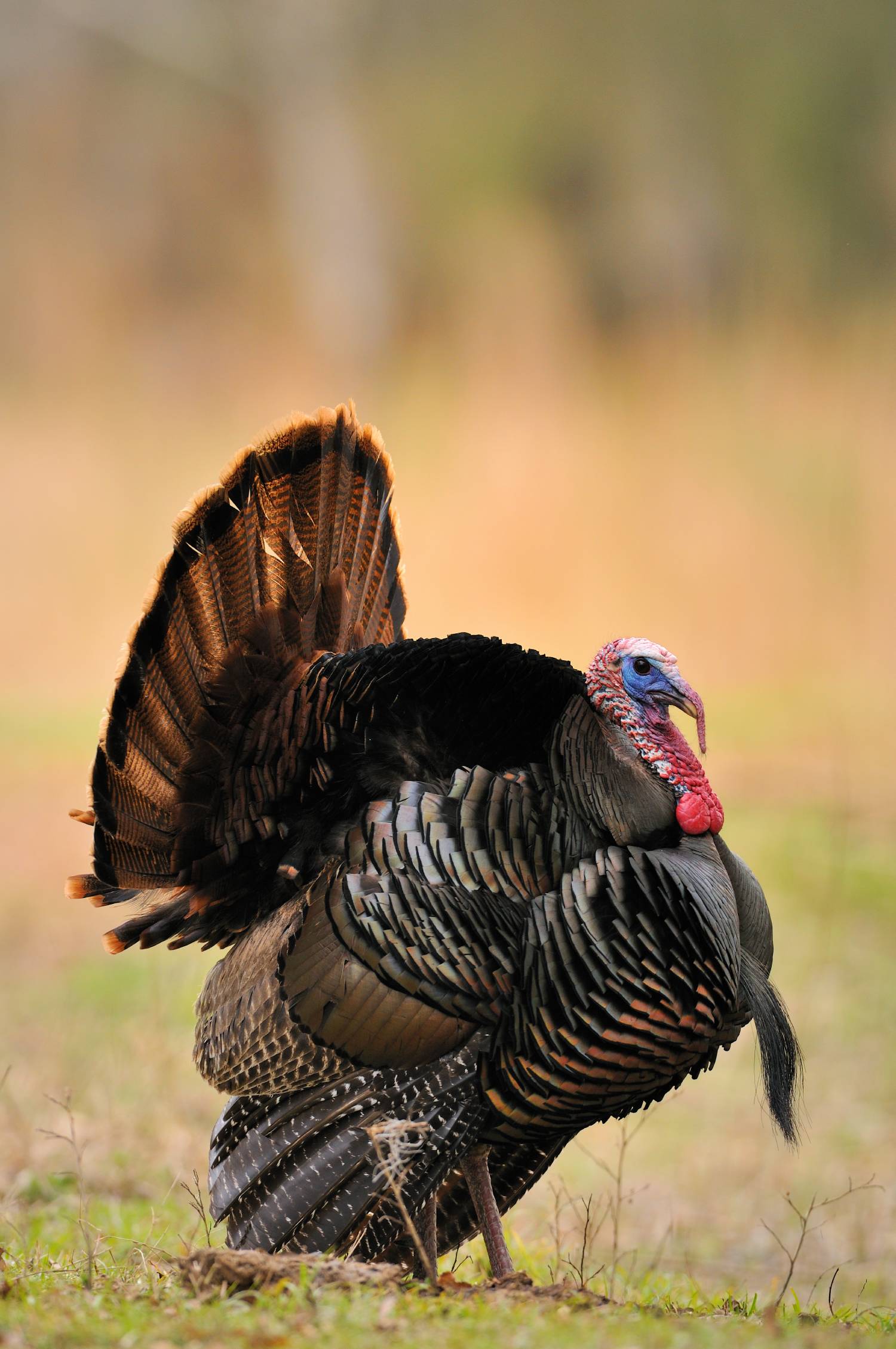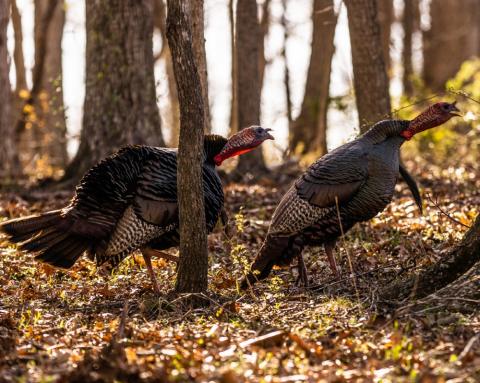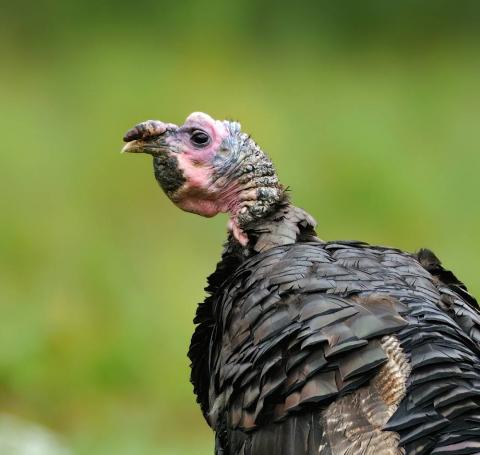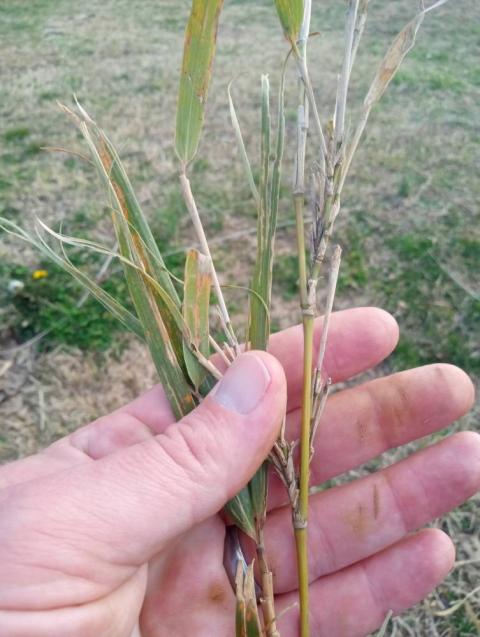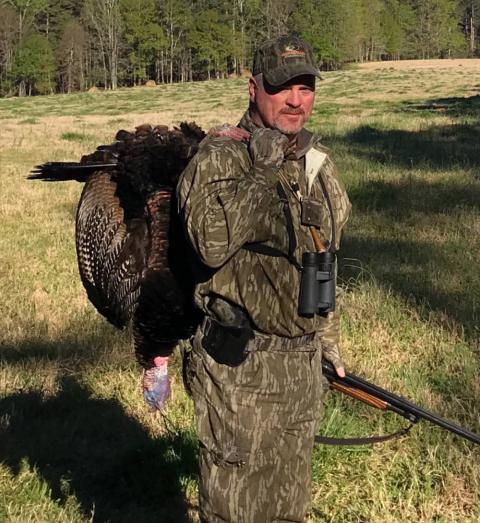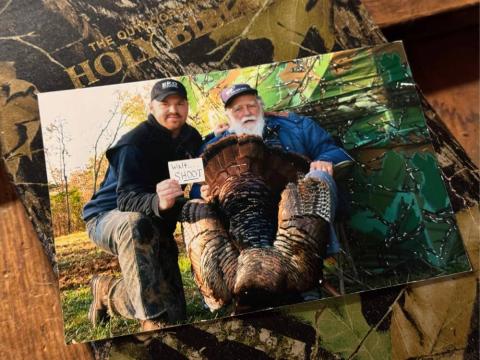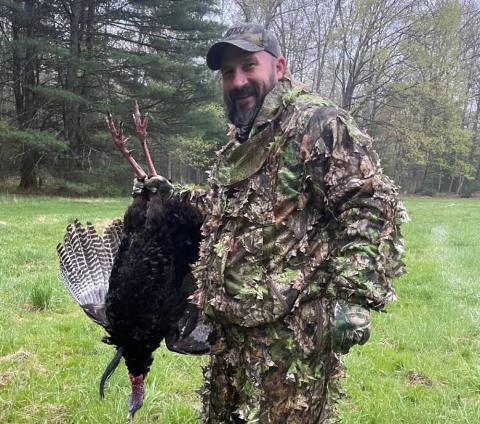Many outdoors enthusiasts think of fishing as a separate activity from backpacking, especially if you’re into ultralight backpacking. After all, fishing equipment is extra bulk. Why add weight to the kit you’ve carefully selected to be as light as possible?
Yet, there are undeniable advantages to backpacking fishing gear. Learn all about the best ways, tips and tricks to combine fishing and backpacking in a single trip.
Why Combine Fishing with Backpacking?
Sure, you could dedicate an entire day to bring out your inner angler and go fishing at your local river or lake at your convenience. But if you already fish, haven’t you thought to yourself how much better it would be if there weren’t a dozen other anglers at the same spot?
Fishing while on the trail has plenty of benefits. One is the ability to catch some delicious fish to supplement your backpack meals. But perhaps the most important of these advantages is the opportunity to fish in places that anglers rarely visit, if at all.
Looking for fishing gear? Beat back the heat with new Mossy Oak Fishing apparel. Our new fishing shirt styles are built for superior sun protection, limitless movement and quick dry fabric so you can focus on what matters most.
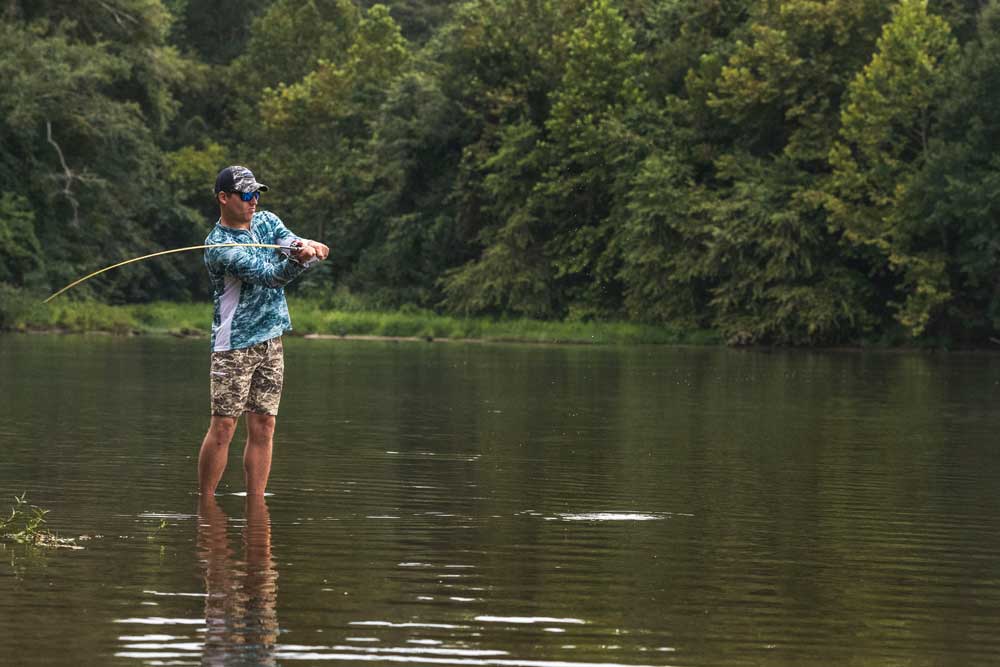
Imagine planting a tent right next to a lake teeming with fish. You have the opportunity to catch your dinner in the afternoon, eat it by the campfire by the evening and sleep right where you are throughout the night. It’s not just a fantastic experience — it feels perfectly natural. There is something just right about combining these ancient skills, giving you an intense sensation of being connected to nature.
However, you must remain aware of specific limitations, which may determine whether fishing on the trail is for you. Even the lightest fishing equipment is additional bulk and weight and, if you cannot afford to add extra weight to your equipment, it may not be an option. However, if you have space and weight to spare, remember the following principles:
-
No matter the state, a fishing license is required before you catch anything. Don’t forget to comply with relevant local laws regarding fishing.
-
Having performance fishing gear may not be enough. If you intend to eat what you caught on the trail, you also need equipment to clean and cook it, such as a suitable knife and backpacking cookware.
-
There are no tackle shops on the trail. You must bring your own supplies, lines, tackles and bait.
If you are willing to work around these limitations, you may find that fishing while backpacking isn’t all that difficult. All you need is the right equipment.
Fishing Rods
Today’s backpackers have access to a wide array of fishing rods and poles, each year bringing its selection of new products. Most of these options fall into three categories: fly rods, tenkara rods and pocket rods.
How to Roll Cast
Fly Rods
Fly fishing is iconic — a long pole, several yards of line, a well-made lure and a lot of patience. Fly fishing is one of the most natural ways to catch fish and, unlike spinning gear, you can use your fly rods almost everywhere — lakes, rivers or streams. It’s a natural match for the many locations you’ll find on the trail.
However, this method is not without its downsides. Fly fishing requires plenty of open space for casting the rod and a certain level of experience and proficiency if you wish to be efficient. Most importantly, fly rods are, by design, very long and delicate.
Although you can purchase take-down fly fishing rods that break down into multiple pieces, they must be handled with care, typically requiring their own protective bags during transportation.
Tenkara Rods
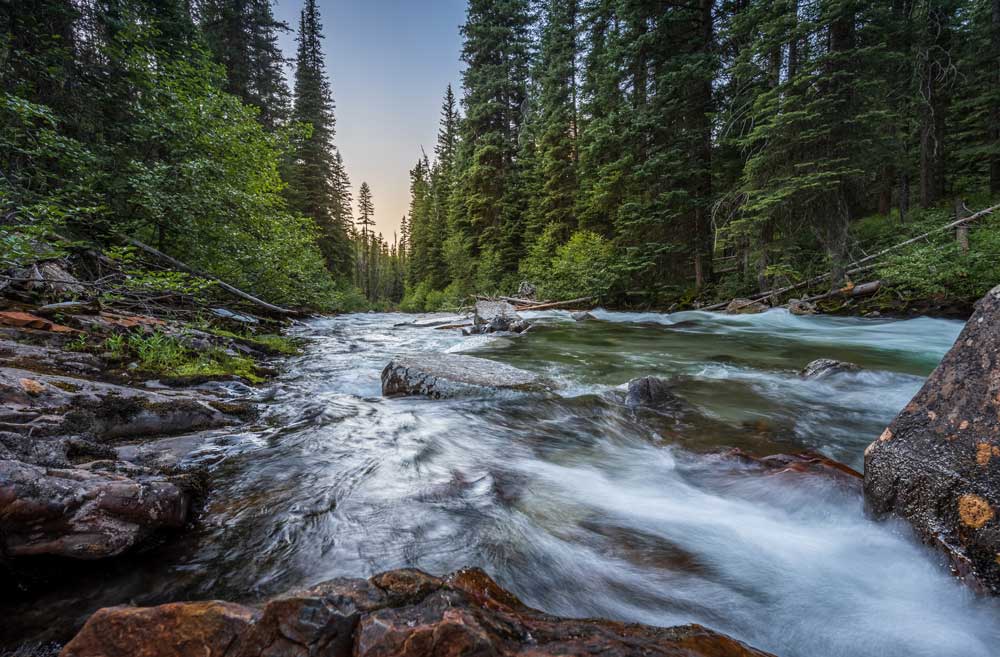
The concept of tenkara fly fishing comes from Japan. The word “tenkara” translates to “Fishing from the skies,” referring to a style of fly fishing where anglers use a fly rod with no reel and a fixed length of fishing line.
A typical tenkara rod is straight and telescoping. Fully extended, it measures between 10’ and 12’ long. Other than the telescoping nature, tenkara rods are lightweight, only a few ounces, and are mechanically simple, made of just three parts (rod, line, fly). These properties make tenkara rods naturally suited for backpacking.
However, tenkara fly fishing is still fly fishing. You need open space, you need practice and, with this rod style, you have the additional limitations of fixed rod and line lengths. If you’re skilled with it, it’s an excellent way to catch fish on the trail. But if you’re not as confident, you may prefer a different method.
How to Fish Plastic Worms for Summer Bass
Pocket Rods
Like tenkara rods, a pocket fishing rod is telescoping, allowing you to collapse it into a compact, lightweight package. However, unlike tenkara rods, pocket rods have spinning reels, allowing backpacking anglers to use more accessible casting techniques.
Essentially, they are identical to a spinning reel rod but with the advantage of being collapsible and easy to transport in a backpack. Less experienced anglers typically have more success catching fish with this rod style, especially when compared to the tenkara rod.
However, what you gain in convenience and ease of use, you lose out in weight and compatible accessories. Pocket rods are typically heavier than other types, and you may need specific matching accessories. However, if you usually go fishing in places where fly fishing would be impractical, there is no better solution.
Other Essential Gear
You always have to be aware of the weight and size of anything you add to your pack. It adds up faster than you think, especially noticeable on long hikes to the backcountry. With that said, other than the rod and depending on what you’d like to do, you may need the following equipment:
Top 3 Hooks to Use When Fishing Soft Plastics
Fishing Line
You may know how to tie a fishing hook to your line, but do you know how to choose the right line? If you prefer fly fishing — which includes tenkara fishing — you’ll need to carefully choose and match your line to the rod you’re using. If you’re in doubt, ask an enthusiast at your local fishing supplies store for advice.
For spinning gear such as pocket rods, the ideal weight range for backpacking fishing lines ranges between five and 10 lbs., depending on the type of fish you intend to catch. Fluorocarbon lines are ideal, as they are nearly invisible and disturb the water surface the least.
Lures
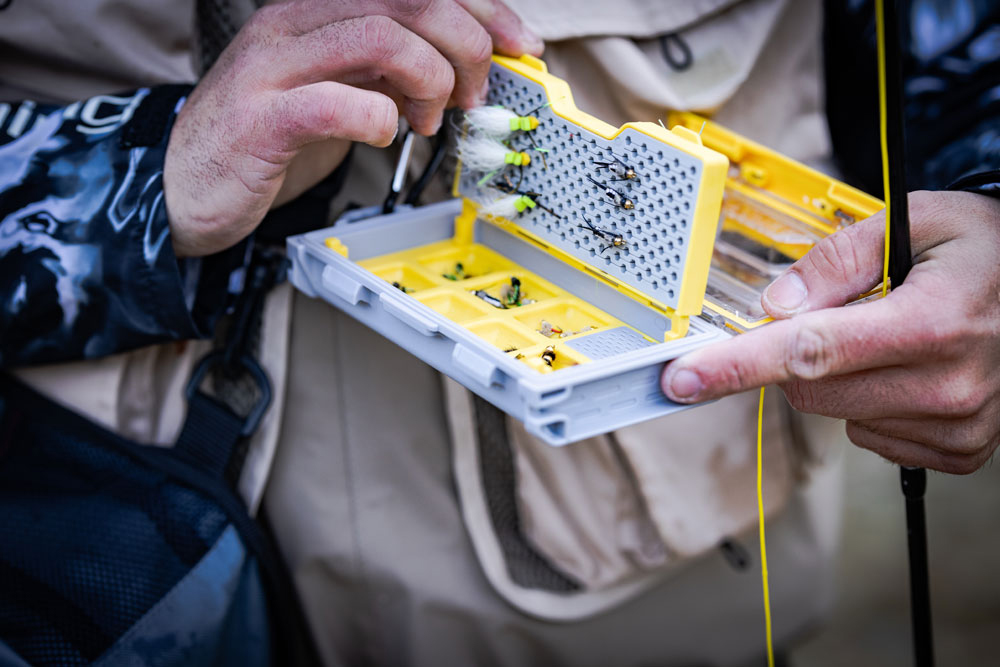
Whether you need a fly for fly or tenkara fishing, you’ll find there are endless types and variations to choose from. Some of the favorites for anglers of all levels include wooly buggers, nymphs or caddisflies, but selecting a fly is not an exact science. The best way to know what works for you is to go out there and try it for yourself.
Basics of Nymph Fishing
If you plan to fish with a pocket rod, match the tackle to the species you’re most likely to catch. For example, if you plan to fish bass or trout, you may want to bring swim jigs, Senko worms or spinners.
The only recommendation is to avoid using heavy tackles. Unless you’re fishing in a large, deep lake, heavy casting tackles are ill-suited for fishing in shallow, fast-moving waters such as rivers and streams.
Before you decide on what lure or fly to take, check the local or state fishing report for the water you will be fishing. If you're going to pack the extra weight that comes along with fishing gear, you will want to take a lure or fly that fish are biting.
Net, Stringer and Pliers
If the plan is to catch catfish, you may not need a net. If the plan is to catch trout, you will want to take a small collapsible net. You can find ultralight ones on Amazon. You can always make a stringer from a limb or fishing line. Stringers like this have their limits. If you can spare the weight, consider taking a lightweight stringer. Throw a pair of needle-nose pliers in your backpack. Keep your pliers in the same pocket that you stow your other fishing gear. It makes it easier to remove hooks from both the fish and you.
Travel Light, Travel Smart
With the right amount of preparation, it is possible to bring fishing gear with you on the trail and keep your kit lightweight. Of course, if you intend to clean and cook your catch on the spot, you will also need a good knife and portable cooking equipment, which should be part of a well-rounded backpacking kit.
If you are unfamiliar with the trail, you can use Google Earth, phone app or other maps to find a good place for a campsite with good access to the water. This will also let you know how far you need to hike to get there and where to go the next day. You should let others know where you plan to camp. If there is an emergency, they will know where you should be.
Your Dinner Is Your Reward
There are a lot of advantages to backpacking through the backcountry with a fishing rod. You’re fishing waters that aren’t often fished, the fishing is often better and fresh fish are a much better option than dehydrated food. There is also something rewarding about a campsite near a stream, fish cooking over a fire and the lifelong memories that keep you coming back.
















